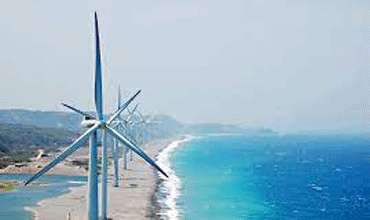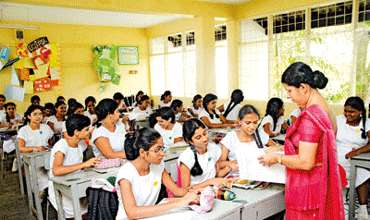
Feature -Measuring the Pulse of Pulses: Improving Food Security in Sri Lanka
Pulses are rich in quality and quantity of proteins, however, pulses comprise only 8 per cent of Sri Lanka’s per capita protein supply. Against this backdrop, this blog analyses the trends in pulse production, consumption requirements, trade, and associated policy options to provide recommendations for sustainable pulse production to meet the dietary consumption and nutritional requirements of Sri Lanka’s growing population. Pulse Production at CrossroadsOver the years, the cultivation of pulses in Sri Lanka has undergone notable shifts. Similarly, overall pulse production increased by 8.31 per cent between 1974–1990 but exhibited a meagre growth rate (0.09 per cent) from 1991–2022. During the 1960s, Sri Lanka imported up to 50,000–60,000 mt of dry beans, chickpeas, and dry lentils.
Source: Sunday Times May 08, 2024 04:37 UTC



